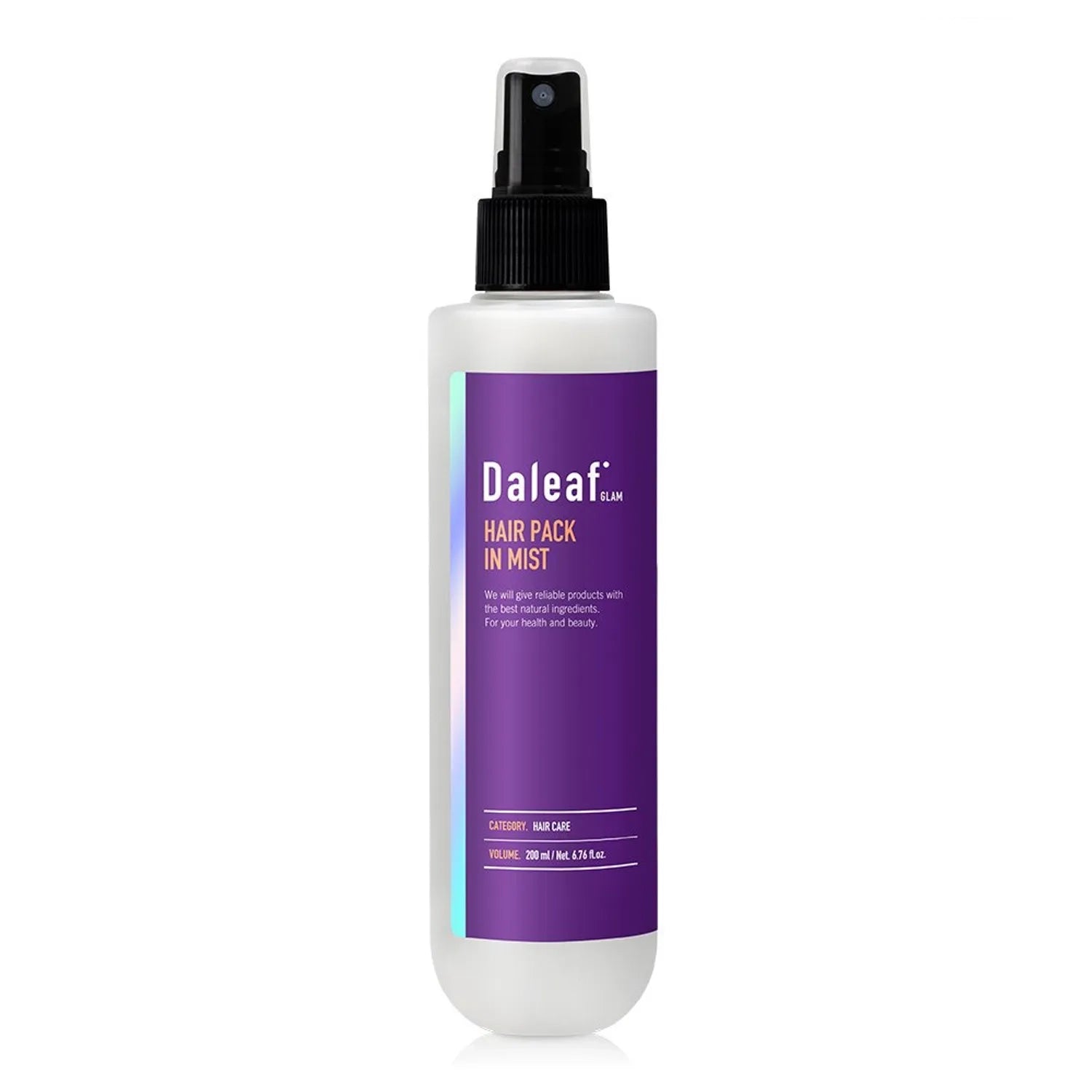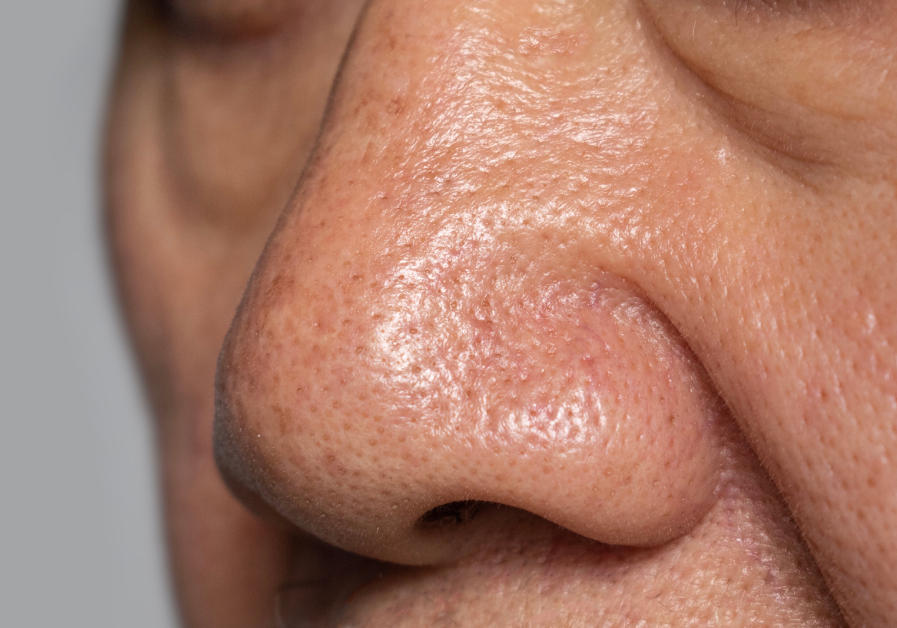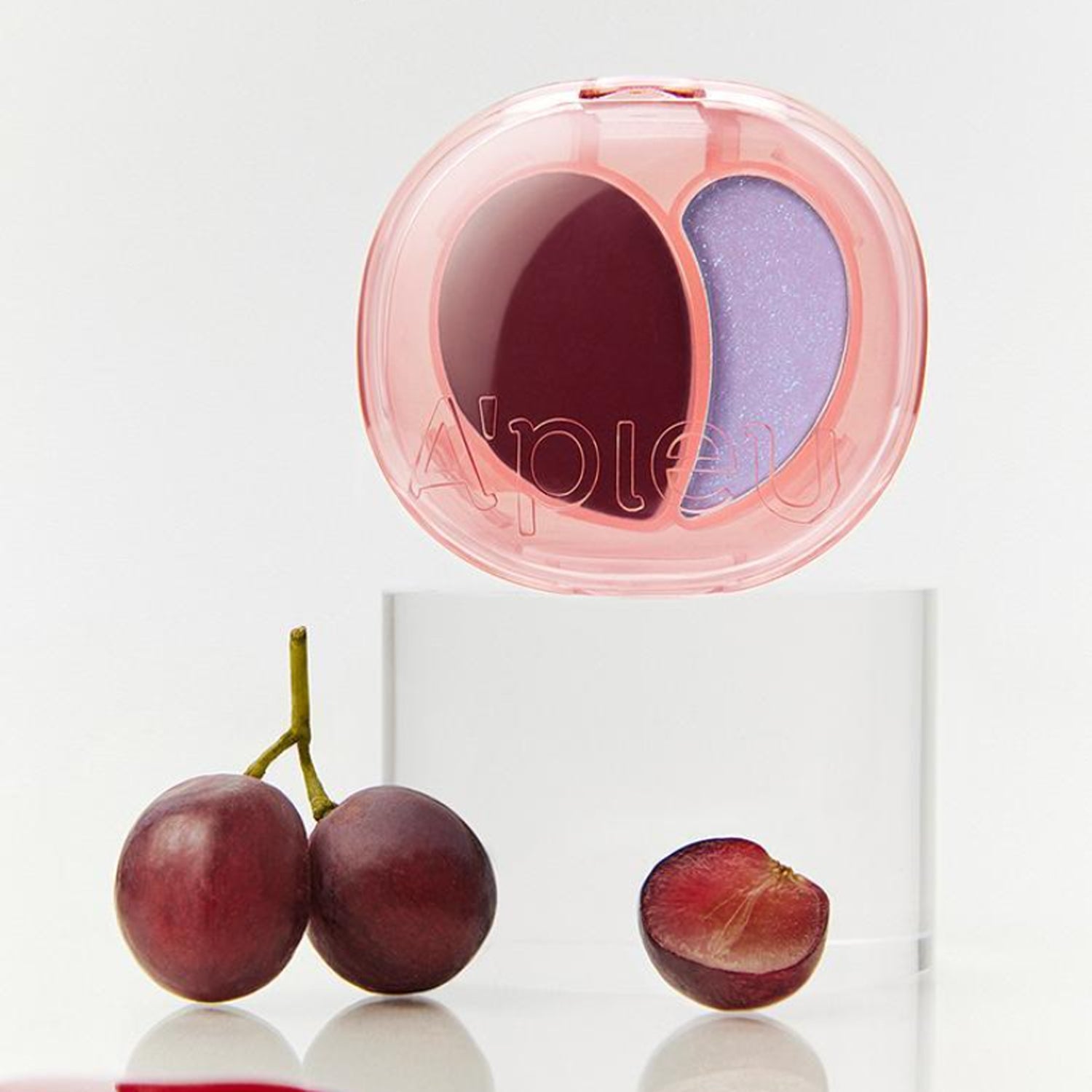
Ever noticed tiny grey or yellowish dots on your nose or chin that never seem to go away, no matter how many pore strips you use? Chances are, those aren’t blackheads. They’re sebaceous filaments, and here’s the truth: you can’t actually get rid of them.
But you can manage them. Let’s break it down.
What Are Sebaceous Filaments?
Sebaceous filaments are completely normal. In fact, everyone has them. They’re tiny, hair-like structures that line the inside of your pores and help guide sebum (your skin’s natural oil) from deep within your sebaceous glands to the surface of your skin, where it keeps your skin moisturised and protected.
They tend to be most noticeable on oilier parts of the face, especially the nose, chin, and forehead, and often appear as small grey or yellowish dots. Because of this, they’re often mistaken for blackheads.
Sebaceous Filaments vs. Blackheads: What’s the Difference?
It’s easy to confuse the two, but understanding the difference can save your skin (and your patience).
Sebaceous Filaments
- A normal part of skin anatomy
- Flat, grey or yellow-toned dots
- If extracted, they release a thread-like, waxy substance
- Not inflamed or painful
- Will refill within 20–30 days
Blackheads
- A type of acne
- Caused by clogged pores that oxidise and turn black
- Usually raised and feel rough to the touch
- Can indicate deeper skin congestion
- May cause inflammation
Bottom line? Sebaceous filaments are not blackheads, and they don’t need to be extracted like them either.
Can You Get Rid of Sebaceous Filaments?
Not permanently. Since they’re part of your skin’s natural function, they’ll always come back. But that doesn’t mean you’re stuck with highly visible pores forever. With the right routine, you can minimise their appearance and keep your skin looking clearer and smoother.
How to Minimise Sebaceous Filaments
1. Cleanse Gently and Consistently
- Use a pH-balanced, gentle cleanser twice a day.
- At night, double cleanse: start with an oil-based cleanser to dissolve excess sebum and follow with a water-based cleanser.
- Avoid harsh or overly drying cleansers; they strip your skin and can actually make oiliness worse.
2. Use Chemical Exfoliants (Especially BHAs)
Salicylic Acid (BHA)
- Penetrates deep into pores
- Dissolves sebum and dead skin buildup
- Look for products with 0.5% to 2% salicylic acid
AHAs: Glycolic or Lactic Acid
- Exfoliate the skin’s surface
- Help prevent dead skin accumulation
- Can complement BHAs for a smoother texture
- Use chemical exfoliants 2–3 times a week to avoid irritation.
3. Introduce Retinoids
Retinoids help normalise oil production and boost cell turnover.
- Start with a low-strength retinol.
- Be consistent; results take several weeks
- Always wear SPF, as retinoids increase sun sensitivity
4. Use Clay Masks Weekly
- Opt for masks with bentonite or kaolin clay
- Use once or twice a week
- Helps absorb oil and draw out impurities
5. Incorporate Niacinamide
This multitasking ingredient helps:
- Regulate oil production
- Refine the appearance of pores
- Reduce redness or irritation
Look for serums or moisturisers with 4–10% niacinamide.
6. Hydrate Your Skin (Yes, Even Oily Skin)
- Use a lightweight, non-comedogenic moisturiser
- Gels and emulsions work well for oily skin
- Dehydrated skin often overcompensates with more oil
7. Stick to Non-Comedogenic Products
From sunscreen to makeup, make sure everything you apply is:
- Non-comedogenic
- Fragrance-free or low-irritant if you’re sensitive
- Designed for acne-prone or oily skin
8. Protect Your Skin from the Sun
UV exposure can enlarge pores and make sebaceous filaments more visible.
- Use a broad-spectrum SPF 30+
- Choose a non-comedogenic sunscreen
- Reapply throughout the day, especially outdoors
9. Don’t Squeeze or Scrub
It’s tempting, but resist the urge. Squeezing can:
- Damage your skin barrier
- Spread bacteria
- Causes hyperpigmentation or even scarring
And honestly? The filament will refill again anyway.
What If You Want Professional Help?
For stubborn sebaceous filaments or visible congestion, consider professional treatments like:
- HydraFacials
- Salicylic acid chemical peels
- Microdermabrasion
- Prescription retinoids like tretinoin or adapalene
A dermatologist or licensed esthetician can assess your skin and tailor treatments that won’t overstrip or inflame it.
Balance Over Perfection
Sebaceous filaments aren’t something you need to fix; they’re just part of how your skin works. Instead of fighting them, the goal is to manage oil production, support your skin barrier, and keep your pores clean.
With a bit of patience and the right products, you can reduce their visibility and keep your skin looking smoother, clearer, and more refined, no harsh scrubs or pore strips required.







